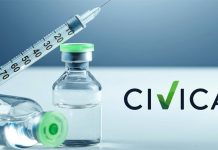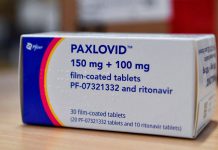We often have our doubts when it comes to buying generic drugs. We check with our local pharmacist regarding our prescription and ask whether it is safe to buy generic drugs instead of high-priced brand-name drugs.
Undeniably, we have an impression that generic drugs could be less safe, less effective, and of lower quality compared to their brand-name counterparts.
Typically, generics are 80% to 85% cheaper than their original branded versions. And obviously, we think that less expensive drug is equal to poor quality.
Today, in the United States, 9 out of 10 prescriptions filled or refilled are for generic drugs. Increasing access to generic drugs helps to create competition in the marketplace, making treatment more affordable.
Generic drugs also come in handy to ease economic pressure on drug budgets, especially in low- and middle-income countries. Studies have found that generic medicines could reduce costs to patients, by an average of 60%.
So, are generic drugs as safe and effective as their brand-name versions? Well, the U.S. Food and Drug Administration (FDA) ensures high-quality, affordable generic drugs are available to Americans.
The FDA’s Office of Generic Drugs (OGD) within the Center for Drug Evaluation in Research follows a rigorous review process that includes managing the regulatory process to facilitate generic drug approvals, establishing science initiatives to research generic drugs, and publishing data and reports on generic drug development and review.
The agency also ensures that generic medicines must perform the same in the body as the brand-name medicine, and it must be the same as a brand-name medicine in terms of the active ingredient, dosage, route of administration, safety, efficacy, strength, and labeling.
Generic drugs must also meet the same high standards of quality and manufacturing as their brand-name counterparts. This standard applies to all generic drugs. The FDA conducts a rigorous review to make sure generic medicines meet these standards.
In addition, the U.S. drug regulatory body conducts inspections of manufacturing plants and monitors drug safety before and after it approves generic medicines.
Remember, there will be a slight, but not medically significant, level of expected variability. Some differences can and do occur during manufacturing. When a generic or brand-name medicine is produced in large quantities, you may expect some variations in purity, size, strength, and other parameters, which are permitted. However, the FDA limits how much variability is acceptable.
Drug manufacturers must submit an abbreviated new drug application (ANDA) to the FDA for approval to market their generic drugs that are the same as their brand-name counterparts. The agency then reviews the application to make sure manufacturers have satisfactorily demonstrated that their generic medicines can be substituted.
However, the FDA’s ANDA process does not require manufacturers to repeat animal and human trials on ingredients or dosage forms that are already approved for safety and effectiveness. This helps companies to bring their generic medicines more quickly to the market at a much lower cost, increasing access to affordable drugs.























